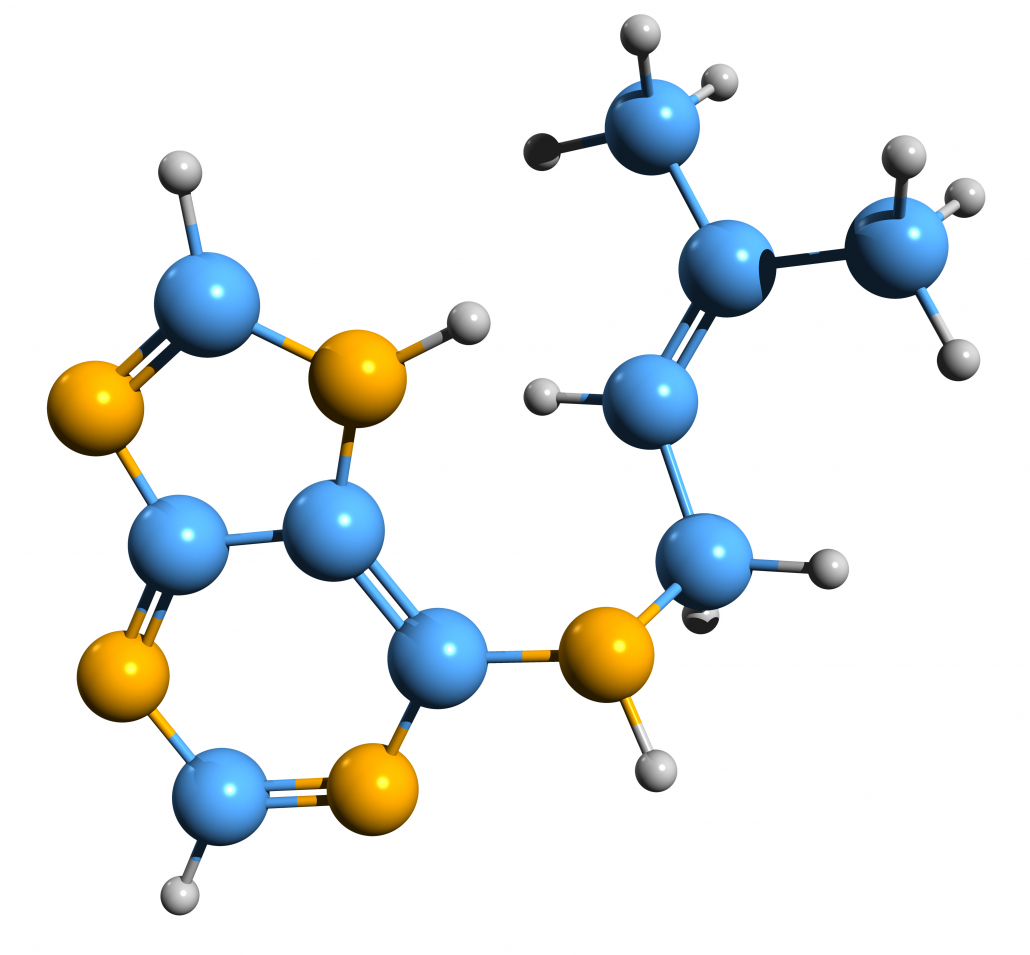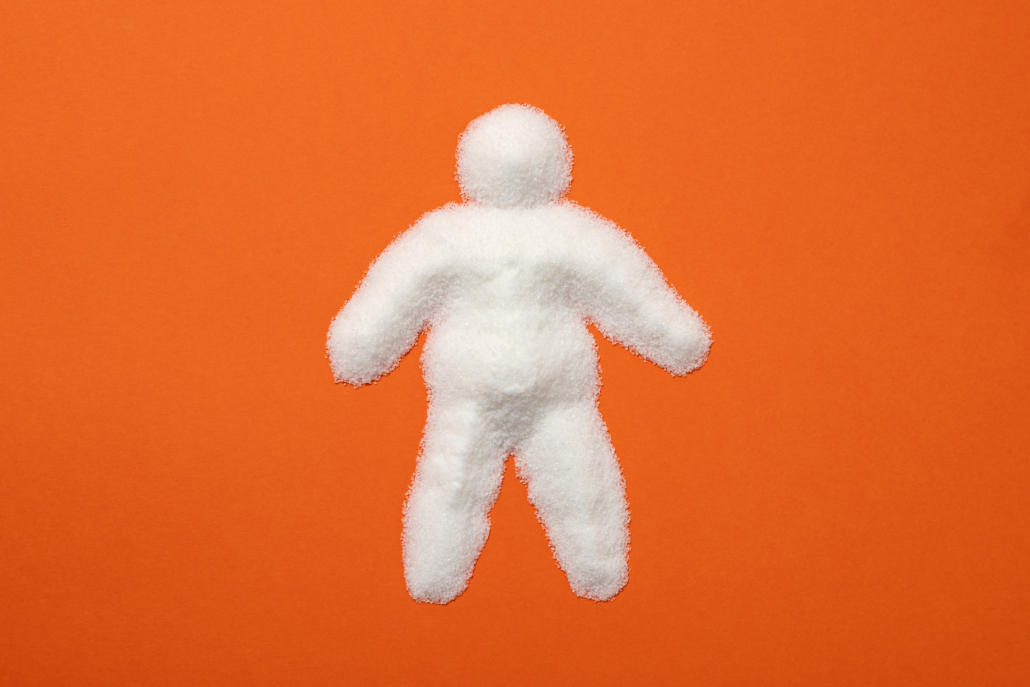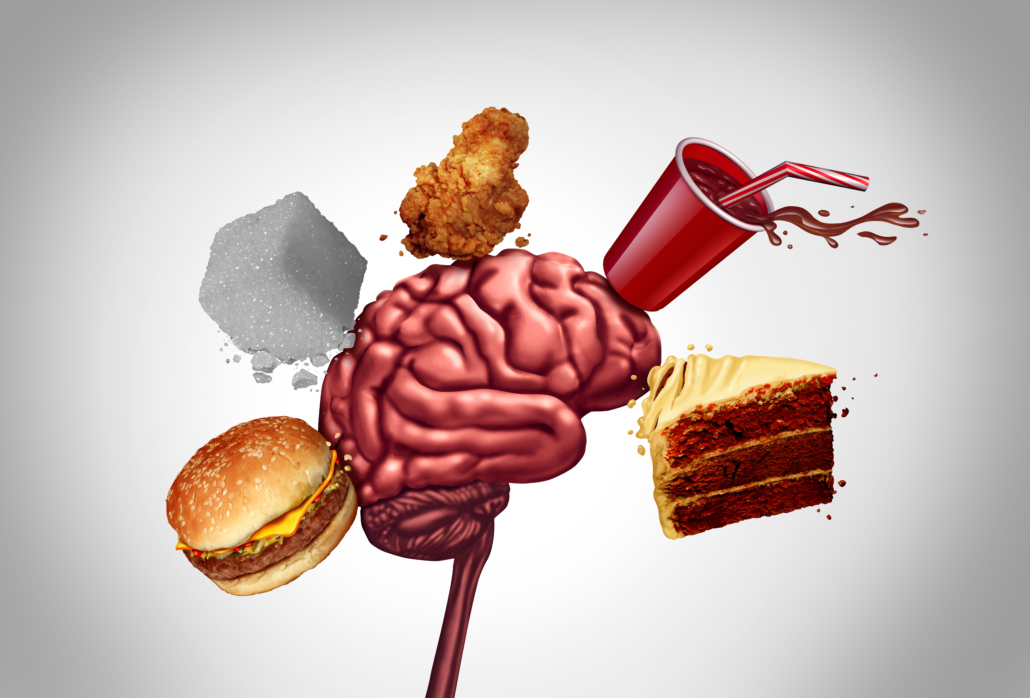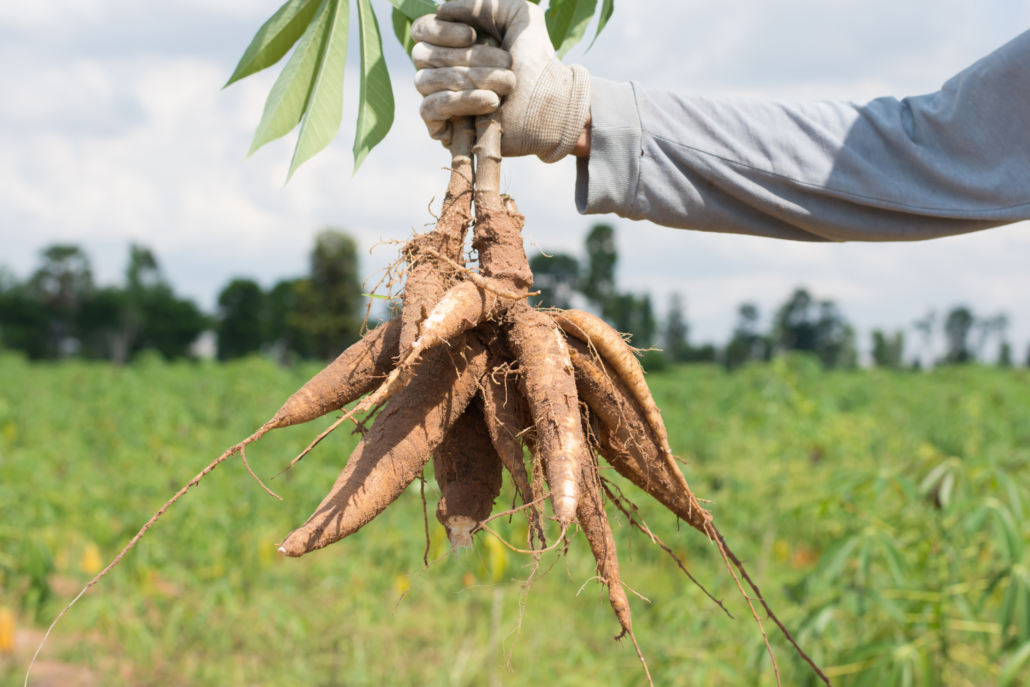We include products in articles we think are useful for our readers. If you buy products or services through links on our website, we may earn a small commission.
Phytohormones 101: Everything you Need to Know

Phytohormones are a group of chemical messengers that help plants grow and reproduce.
Yet current phytohormone research shows that these compounds can be a significant factor in both animal and human reproductive disorders and infertility.
Let’s take a closer look at what phytohormones are, and how they affect humans.
Table of Contents
What Are Phytohormones?
Phytohormones signal plant seeds to germinate and sprout. And once sprouted, phytohormones direct the plant to expand its roots and stems, grow taller, shoot out branches, make leaves, and eventually create flowers, fruit, and dormant seeds for next year’s growth.
Plants also use these self-made chemicals to respond to their local environment and the animals that lurk within their vicinity.
Since plants can’t run away from danger, they have evolved a very sophisticated array of chemical weapons to defend themselves against attacks. In fact, one of the main jobs for phytohormones is to respond to stress and help plants survive threats from insects and other predators.
As with all living organisms, stress can cause various physical and chemical reactions. For example, in humans, stress can increase the production of adrenaline and cortisol. Plants deal with stress by creating different types of phytohormones.
The Function of Phytohormones in Plants
The first phytohormones were discovered in the 1900s. These are known as the “classic five” and include:
- Ethylene (1901)
- Auxins (1926)
- Gibberellians (1926)
- Cytokinins (1950s)
- Abscisic acid (1950s)
Many more phytohormones have been, and are still being discovered. Of the newer discoveries, several have been the subject of interesting research. These include:
- Brassinosteroids
- Jasmonates
- Salicylates
- Strigolactones
The Roles of Phytohormones in Plants
Some of these hormones, such as strigolactones and brassinosteroids are more active in response to plant stress. But most phytohormones play multiple roles and affect all parts of the plant’s life cycle.
Auxin, for example, helps the plant grow new root branches, get taller and bend itself towards sunlight.
Let’s take a look at some of the other key players and what they do.
Ethylene
In some plants, ethylene strongly affects the production of flowers and fruit ripening.
The presence of this phytohormone can cause cut flowers to die more quickly and fruit to ripen too quickly for transport. The little powder packets that come with cut flowers sometimes include compounds that interfere with ethylene production in the plant, to try and extend the time that the flowers remain beautiful. And many fruit varieties are picked green and then treated with ethylene once they arrive at their destinations. Ethylene is what causes bananas to ripen more quickly when they are placed in a paper bag.
Cytokinins
Cytokinins help plants move nutrients from their leaves to the seeds to enhance future reproduction.
As the nutrients are moved toward seed storage, the leaves begin to fail. This nutrient movement can be affected by drought, nutrient deficiencies, light availability, and more. For instance, some plants produce higher levels of cytokinin, which allows them to withstand drought conditions longer. And in response to various internal and external signals, cytokinins can act in opposition to auxin, for instance promoting shoot branches that auxin would inhibit.
Gibberellin
The gibberellin group of phytohormones strongly affect plant growth, seed germination, flower production, and fruit growth.
Gibberellic acid is the most active hormone in the group. Various commercial fruit growers use routine sprayings of this phytohormone to increase fruit size. Other commercial agriculture companies, such as sugarcane farmers and vegetable growers, apply gibberellic acid to their crops to increase leaf sizes and total crop yields.
Jamonates
These compounds fight off insects and other animal species that destroy plant structures.
For instance, jasmonates might induce the production of volatile chemicals which attract predator insects to kill the insect that is chewing on the plant. Or when a first leaf is attacked and damaged by a beetle, the plant may produce chemicals in its other leaves that will deter that type of insect from attacking the plant in the future.
How Phytohormones Affect Animals
We are just discovering the wide variety of phytohormones and all the ways they assist and defend the plants around us. Learning more about these compounds may help farmers develop stress and pathogen-resistance plants that yield greater quantities of food.
But not all of what we know about phytohormones is positive. There is one particular class of phytohormones that can affect humans and animals negatively. These are the phytoestrogens.
Phytoestrogens
These hormones are so named because they are very similar in structure to mammalian estrogen, and research has shown that phytoestrogens can affect human and animal fertility once ingested.
Historically, the interest in phytoestrogens stepped up after an incident in Australia in the 1940s.[6] Sheep ranchers found that ewes grazing upon a specific type of clover began spontaneously aborting their pregnancies.
It took them 20 years, but researchers finally figured out that the clover contained a hormone called formononetin. Formononetin breaks down into equol, a compound that is very similar to the mammalian estrogen estradiol-17 alpha and it was this estrogen-like compound that caused the spontaneous abortions.
Another example of this phytoestrogenic fertility effect is well-known by Western cattle ranchers. Cattle that eat Ponderosa pine needles can suffer late-term abortions, and without treatment, the pine needle consumption can kill the animal. Such is the power of a poisonous plant.
How Phytohormones Can Affect Humans
Clover and pine needles aside, there are also human foods that contain large amounts of potentially harmful phytoestrogens. Soy products are high in two specific isoflavone phytoestrogens (genistein and daidzein) which can bind to human estrogen receptors in the body.
Although there is a large body of research that reports that soy consumption can provide some benefits, other research has reported on the dangers of soy.
Studies have reported that the consumption of soy food products interferes with animal and human estrogen signaling pathways, and thus affects fertility and reproduction.
Phytohormones and Fertility: What the Science Says
Research in this area has pinned many of the fertility issues associated with soy on the isoflavone genistein. Various animal studies have shown that genistein consumption is linked to abnormal menstruation, altered ovarian function, early reproductive development and infertility.
The phytoestrogens in soy can affect active steroid levels in the human body as well, which can potentially distort the male androgen to female estrogen balance and affect egg and sperm production.
In one Harvard study, the authors reported that a high consumption of soy foods was associated with a lower sperm concentration in men, an outcome that points to phytoestrogen effects on males.
In other human studies, babies who were fed soy formulas showed up to 500 times more isoflavones in their system. Researchers found that infant girls who were fed soy formula versus cow-milk formula displayed larger wombs and vaginal cell changes.
Other research shows that infant girls fed soy formula are more likely to develop severe menstrual pain as young adults.
Other Plants High in Phytoestrogens
Although soybeans, soy milk, edamame, soy meal, soy flour and other food products made from soy are a well-known phytoestrogen source, there are other plant-based foods that contain estrogen isoflavones as well. These include :
- Legumes
- Currants
- Raisins
- Sesame seeds
- Pistachio nuts.
Phytoandrogens
All this talk of estrogen begs a question about plants and testosterone. Are there plants that contain testosterone-like compounds?
Although there isn’t much research available, some herbs and plant supplements do contain phytohormones which mimic testosterone in mammals.
These are called phytoandrogens, and they can bind themselves to androgen receptors within the human body. Interestingly, one study reported that daidzein, the phytoestrogen cousin of genistein, can act as a phytoandrogen.
The bottom line on phytoestrogens and phytoandrogens is that anyone who is struggling with fertility issues should avoid soy and other phytohormone foods and supplements as well.
Summary
Phytohormones are a class of plant compounds that are essential for plant growth, development, and reproduction.
They act as signaling compounds to help plants survive changing environmental conditions. And they can also act as chemical weapons which plants can use to defend themselves from other living creatures, including humans.
Phytoestrogens are one class of plant hormones that can affect fertility and reproduction in both animals and humans.
As we learn more about phytohormones, other effects may be discovered. For now, we know enough to utilize them to benefit human agricultural goals and also to advise anyone having fertility issues to avoid consuming foods high in phytoestrogens.















